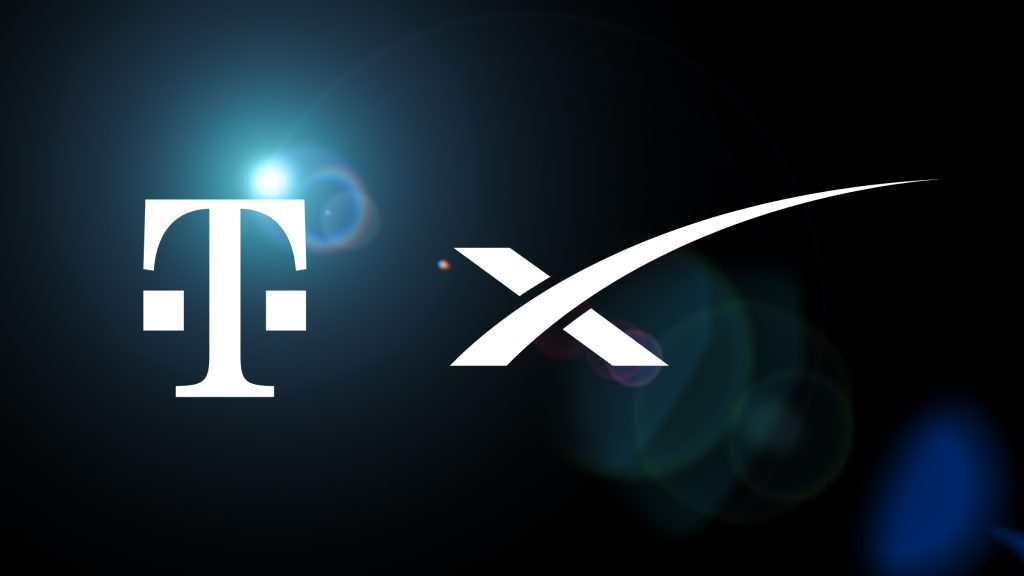
SpaceX and telecom company launched Starlink beta, providing satellite-based mobile texting and internet service across rural areas, with T-Mobile Starlink update connecting phones directly to satellites to fill coverage gaps beyond traditional cellular networks.
Starlink internet for remote areas is somehow known, and the recent news highlights the cellular side of Starlink, a satellite texting service and mobile coverage aiming to filling in communities where regular networks reach only a limited distance.
An Universidad Politécnica de Madrid research study gives the real measurement of this technology’s current performance based on millions of anonymous Android phone readings.
How Does T-Mobile Starlink Compare to Satellite Services?
The T-Mobile Starlink beta program currently provides basic texting service and limited data downloads by connecting phones directly to orbiting satellites, differentiating it from other satellite internet service providers that typically require ground terminals.
Engineers estimate download speeds from this cellular Starlink connection to be about 4 Mbps per beam – slower than the vast majority of 4G or 5G networks – but still an impressive speed for bringing the bigger value to Starlink internet for rural areas.
“This gap underscores the complementary nature of DS2D (Direct Satellite-to-Device) services in its current phase, aligning with its intended role as an SCS [Supplemental Coverage from Space] solution,” the researchers added.
The first performance shows how Starlink’s mobility differs from other satellite service companies, which primarily focus on internet access to the home or office rather than direct phone connection. The new system also shows SpaceX’s plan to offer satellite texting service among the differentiating factors at beta launch.
T-Mobile Home Internet vs Starlink
Another important aspect of the T-Mobile Starlink update is understanding how this mobile service compares to T-Mobile’s in-home internet services and Starlink’s in-home fixed satellite internet.
Starlink mobile connection links directly to phones using satellites, focusing on more mobile and distant users. Home internet via Starlink is more likely to provide rapid speed and bandwidth, but it only works in one place and isn’t for use on the go.
The first empirical study of SpaceX’s cellular Starlink tech suggests that with the growing satellite constellation and as the radio power is increased by SpaceX, download speeds could triple. Future access to more spectrums could push speeds to 24 Mbps, closing much of the gap between mobile satellite service and regular home internet.
With more than 600 cellular Starlink satellites in orbit, and the T-Mobile Starlink beta program growing, rural communities may have more options soon between fixed satellite internet and more flexible Starlink mobile connectivity.
T-Mobile Starlink update hghlights an exciting shift in how satellite networks can directly connect mobile devices without relying on traditional cell towers.
Inside Telecom provides you with an extensive list of content covering all aspects of the tech industry. Keep an eye on our Telecom sections to stay informed and up-to-date with our daily articles.